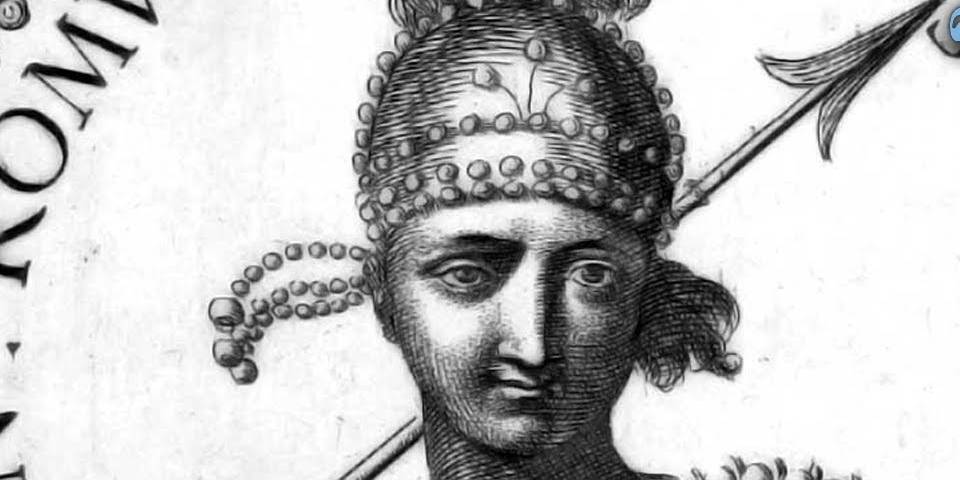

24917 views

Flavius Romulus Augustus, known as Romulus Augustulus, was the Roman emperor who ruled the Western Roman Empire from 31 October 475 to 4 September 476. He is considered the “last Western Roman emperor.” However, there are several historians who consider Julius Nepos to be the last ruler of the empire.
The deposition of Romulus Augustus by Odoacer marks the end of the Roman Empire in the West, the end of Ancient Rome, and the beginning of the Middle Ages in Western Europe
Despite the fact that he adopted the name “Augustus,” he is remembered by the nickname Augustulus. The Latin suffix -“ulus” means a diminutive, so Augustulus translates as “Little Augustus.” There are not many historical records about the life of Romulus.
Contents
ToggleRomulus’ father was originally from Pannonia and served as a secretary and diplomat for Attila the Hun. Later, he was raised to the ranks of the Roman army. The future emperor was named Romulus after his maternal grandfather. Orestes became Magister militum because of the decision of Julius Nepos in 475. Shortly after coming to the new post, Orestes organized a rebellion and seized Ravenna, the capital of the Western Empire, since 402. However, Orestes refused to become an emperor. Instead, he installed his son on the throne in 475. This decision wasn’t supported by the eastern court in Constantinople.
Romulus was a figurehead for his father’s rule. After ten months in power, during which his authority and legitimacy were challenged outside of Italy, Romulus was forced to abdicate the throne because of Odoacer, a Germanic officer, who defeated and executed Orestes. After seizing control of Ravenna, Odoacer sent the former emperor to live in Castellum Lucullanum in Campania, after which he disappeared from the historical archive.
Imperial authority stepped back to the Italian borders and parts of southern Gaul: Italia and Gallia Narbonensis. The Eastern Emperor Leo, who died in 474, chose Anthemius and Julius Nepos as the Western emperors. Constantinople never recognized the new rulers.
Romulus Augustulus didn’t make any important decisions and haven’t created any monuments during his reign. However, coins bearing his name were minted in Rome, Milan, Ravenna, and Gaul. After Orestes gained power, a coalition of Heruli, Scirian, and Turcilingi mercenaries asked for a third of the land in Italy. Orestes refused, and the tribes revolted under the Scirian chieftain Odoacer. Eventually, Orestes was captured near Piacenza in 476 and executed.
Later, Odoacer captured Ravenna and Romulus Augustulus after the Battle of Ravenna. Romulus had to abdicate the throne on 4 September 476. After the abdication, the Roman Senate sent representatives to the Eastern Roman Emperor Zeno with the request to reunite the two halves of the Empire. Also, the Senate asked to make Odoacer a patrician and administrator of Italy in Zeno’s name. In his reply, Zeno requested that Julius Nepos take the reign in his hands again but also agreed to the Senate’s requests. Eventually, Odoacer ruled Italy in Zeno’s name.
The fate of Romulus after his abdication is a historical mystery. According to historians, Romulus took up residence in the Castel dell’Ovo (Lucian Villa) in Naples. Moreover, Romulus could have been alive in the early sixth century.
Author: Kate Zusmann
This website uses cookies. For more info read the cookies policy
Rome.us © 2026. Created with love by Roman experts and guides.